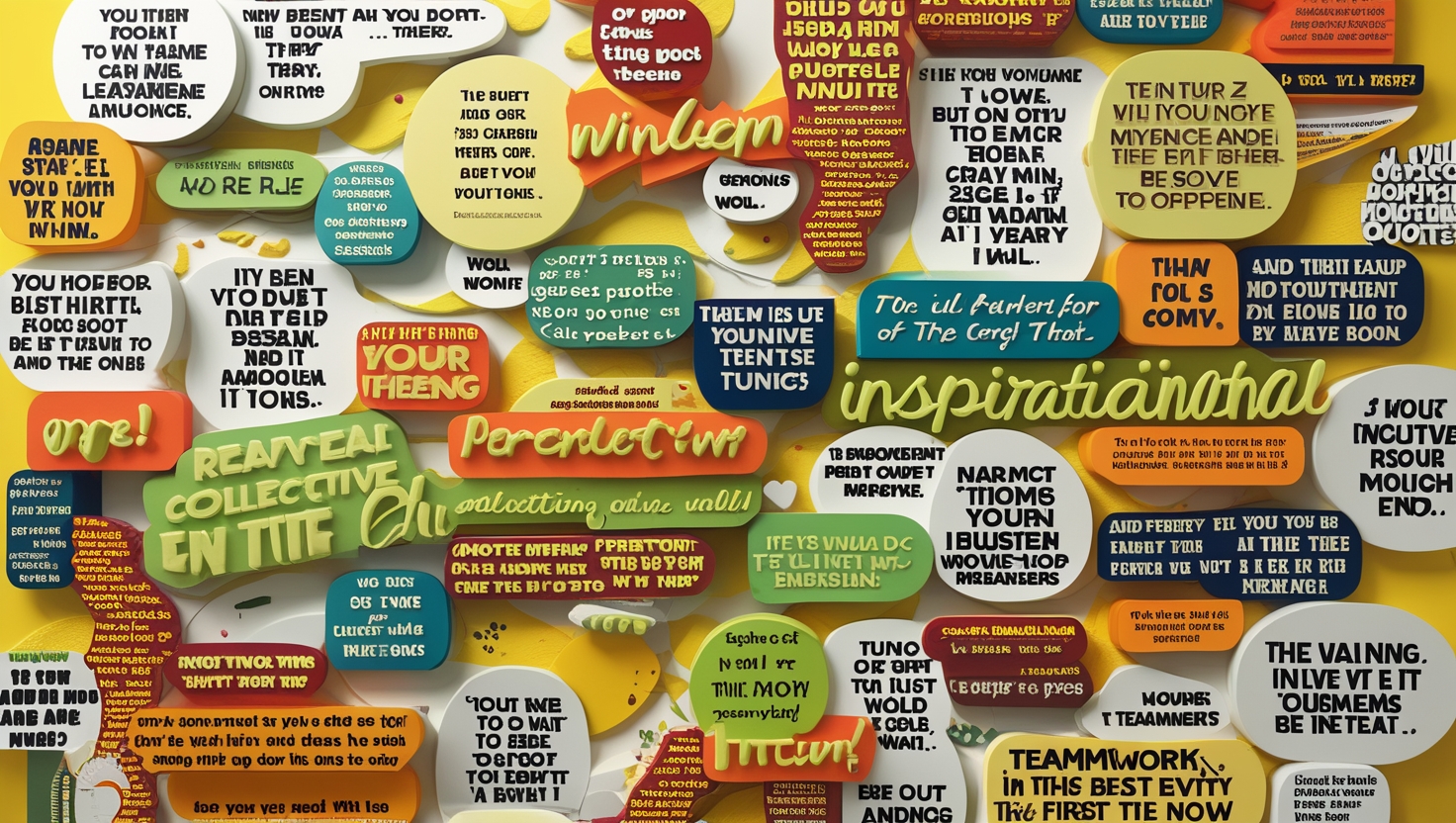Introduction
A well-crafted web development resume is essential to standing out in the competitive tech job market. Whether you’re a front-end, back-end, or full-stack developer, your resume should effectively showcase your skills, experience, and projects. This guide will provide you with a step-by-step approach to creating a web development resume that gets you hired.
1. Understanding the Key Elements of a Web Development Resume
Your resume should be structured to highlight your strengths and align with the job requirements. The key elements include:
- Contact Information
- Professional Summary or Objective
- Skills
- Work Experience
- Projects
- Education
- Certifications & Courses
- Additional Sections (Awards, Volunteer Work, Publications, etc.)
2. Crafting a Strong Professional Summary
Your professional summary should be a concise yet powerful statement that highlights your experience, skills, and what you bring to the table. Example:
“Results-driven Full-Stack Web Developer with 5+ years of experience in designing, developing, and optimizing user-focused web applications. Proficient in JavaScript, React, Node.js, and Python. Passionate about creating responsive, high-performance websites and applications.”
3. Highlighting Your Technical Skills
Recruiters scan for technical skills first, so listing them clearly is crucial. Categorize your skills for better readability:
Programming Languages: JavaScript, Python, PHP, Ruby, TypeScript
Front-End Technologies: HTML5, CSS3, React, Angular, Vue.js
Back-End Technologies: Node.js, Express, Django, Flask, Ruby on Rails
Databases: MySQL, PostgreSQL, MongoDB, Firebase
Version Control: Git, GitHub, GitLab, Bitbucket
DevOps & Tools: Docker, Kubernetes, AWS, CI/CD Pipelines
4. Showcasing Work Experience Effectively
Your work experience should be result-oriented and use quantifiable achievements. Use the STAR (Situation, Task, Action, Result) method to structure your bullet points:
Example: Front-End Developer | XYZ Company | June 2020 – Present
- Developed responsive web applications using React and Redux, improving user engagement by 30%.
- Implemented RESTful APIs, optimizing data retrieval speed by 25%.
- Collaborated with UI/UX designers and back-end developers to enhance the overall user experience.
5. Showcasing Projects to Demonstrate Expertise
If you lack extensive work experience, showcasing projects can be your greatest asset. Include links to GitHub repositories, portfolios, or live demos.
Example: E-Commerce Web App (MERN Stack)
- Developed a full-fledged e-commerce web application with React, Node.js, Express, and MongoDB.
- Integrated Stripe payment gateway for seamless transactions.
- Deployed the application on AWS with CI/CD pipeline.
6. Education Section: Listing Degrees and Certifications
Education is essential, but it’s more impactful when combined with relevant coursework and certifications.
Example: B.S. in Computer Science | University of XYZ | 2018 – 2022
Relevant Courses: Web Development, Data Structures, Cloud Computing
Certifications:
- AWS Certified Developer
- Google Mobile Web Specialist
- FreeCodeCamp Full-Stack Development Certification
7. Additional Sections to Strengthen Your Resume
Including extra sections can add value and set you apart from other candidates.
Awards & Recognition:
- Winner of the Hackathon 2021 (Built an AI-powered chatbot)
Volunteer Work:
- Mentored junior developers in an open-source community
Publications:
- Published a blog on “Optimizing Web Performance” in Smashing Magazine
8. Resume Formatting & Design Best Practices
A clean, structured, and ATS-friendly resume is crucial. Follow these best practices:
- Use a professional font (Arial, Calibri, or Helvetica, size 10-12 pt).
- Keep it concise (1-2 pages), focusing on the most relevant information.
- Use bullet points for clarity.
- Include hyperlinks to your portfolio, GitHub, and LinkedIn.
9. Tailoring Your Resume for Each Job Application
Customize your resume for each job application by:
- Analyze the job description and include relevant keywords.
- Highlighting matching skills and experiences.
- Modify your professional summary and key achievements accordingly.
10. Common Mistakes to Avoid
- Using a generic resume for every job.
- Listing outdated or irrelevant skills.
- Overloading with too much text.
- Forgetting to proofread for grammar and spelling errors.
Conclusion
A compelling web development resume is a mix of strong technical skills, relevant experience, and well-presented projects. By following this guide, you can create a resume that not only passes ATS scans but also captures the attention of hiring managers. Happy job hunting!
For a resume template, check this website: https://zapier.com/blog/best-resume-builder/



